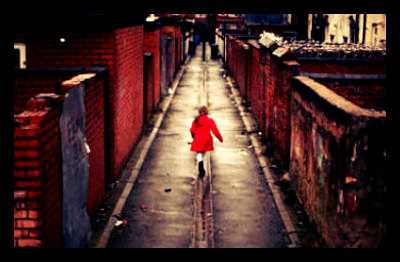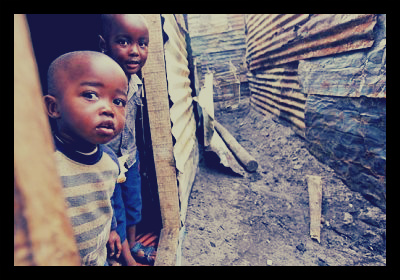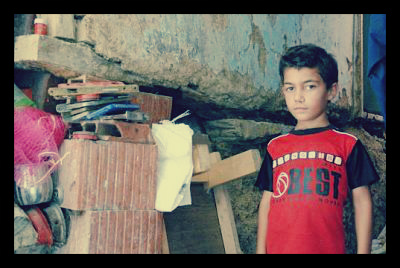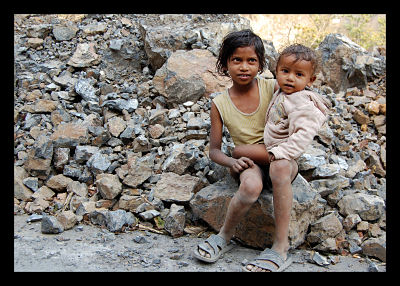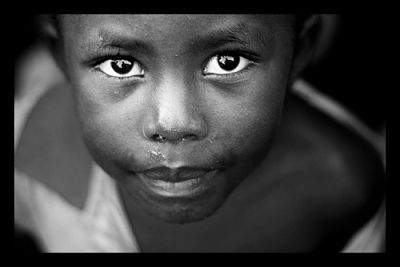
Child poverty in the UK? According to child protection and poverty charities, child poverty is rising in the United Kingdom, despite the government’s promise to eradicate it by 2020.
Bernado’s children’s charity and Child Poverty Action Group say that 3.5 million children live in poverty in Britain today. The government measures child poverty differently, not accounting for housing costs, and so they claim that the number is in fact 2.3 million.
The Secretary of State for Work and Pensions spoke to the BBC about the need for “better measures of child poverty that are not so heavily dependent on where we draw the poverty line.”
Child poverty charities also accuse the government of perusing a series of economic cuts, which have hit the poor hardest and caused an unprecedented number of children to be living under the poverty line, but actually living in working homes.
On their Website, The Child Poverty Action Group remarks about the increasing trend for children living in poverty being from working homes: “Work does not provide a guaranteed route out of poverty in the UK. Two-thirds [66 percent] of children growing up in poverty live in a family where at least one member works.”
They predict that the government will not fulfil its promise to eradicate child poverty in 2020 and claim that due to current government policies, 4.7 million children will be living in poverty in the UK by 2020.
Statistics released last year also reveal that child poverty is unevenly dispersed across England, with urban areas most affected and no rural areas featuring in the top 20 list of worst affected constituencies. Manchester Central reported that 47 percent of children lived in poverty where as a few miles north in the picturesque countryside constituency of Ribble Valley, child poverty is less that 7 percent.
In London Councils, the average child poverty rate is 21 percent; however the disparity between councils can easily be seen when considering that 57 percent of children who live in Tower Hamlets in East London live in poverty, compared to only 6 percent in Wimbledon.
– Charles Bell
Sources: BBC 1, BBC 2, Child Poverty Action Group, Barnados
Photo: The Guardian
